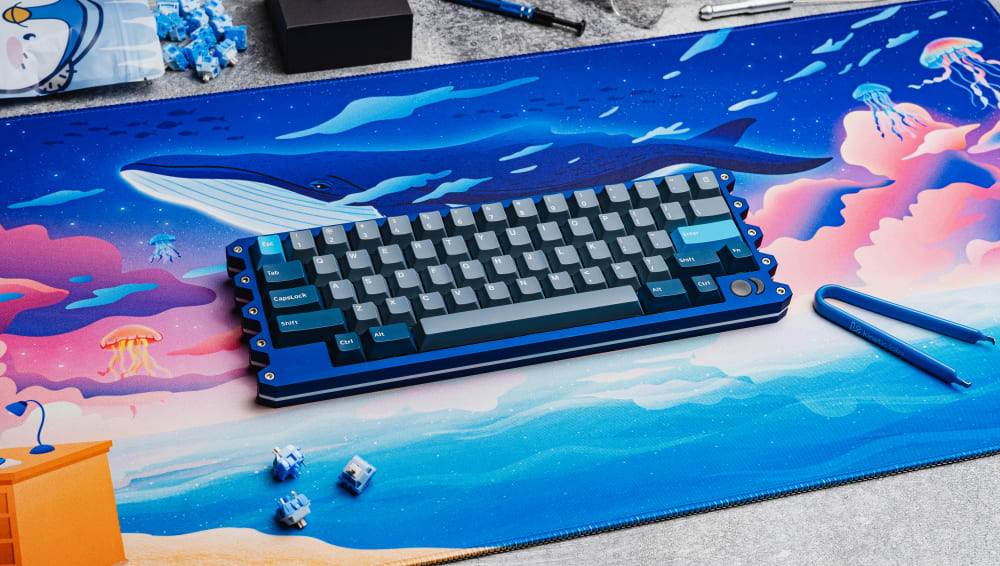Mechanical Keyboard Buying Manual
These keyboards were large and heavy and price up to $100. When the typical personal computer price approximately $2,000 – $5,000, that additional cost was negligible.
Nevertheless, as computers dropped in price, people were less ready to shell out $100 – $200 on a keyboard. And manufacturers were under some pressure to produce total systems at under $1,000, which didn’t keep room for a $200 keyboard.
Enter the plastic dome membrane keyboard. The world was printed on some variable walls and the secrets were supported by rubber domes as opposed to springs. Pressing a key collapsed the rubber dome, which pushed the membranes together to join up a keystroke.
The issue with this construction is that the caliber of the rubber domes can range a great deal as a result of easy such things as the temperature and humidity on the day they were produced. Also, they were not on average as firm as rises and didn’t bounce straight back as easily, giving them their quality squishy feel.
Two problems occurred from this. First, you’d to bottom out the keys with a fair number of force only to ensure they actually listed a keystroke. This led to an unwanted amount of jolting to the hands and hands.
Also, you may accidentally type heroes by simply resting your hands on the home keys, because plastic domes were not usually as firm as springs. This caused it to be necessary suspend your hands a bit in the air above the custom mechanical keyboard, causing fatigue over expanded use.
The acceptance of leaner laptops brought about the scissor change, which had a really short essential travel and there have been actually only two key jobs: up and down. This designed that bottoming out the main element was the sole length of action.
These disadvantages ultimately led to a resurrection of mechanical keyboards. In the beginning, it came in the form of fans searching eBay and different used sources for previous mechanical keyboards. This resulted in a huge cost spike for the more popular ones like the Design Michael, the Dell AT101 and the Apple Prolonged Keyboard II.
But recent keyboard companies also took observe and started providing new types, giving us a number to select from today. Most mechanical keyboard suppliers use Cherry MX buttons or one of several Cherry MX clones that have leapt up in recent years. Furthermore, the patent for the previous IBM Design M was bought by Unicomp and they continue steadily to production new ones. And Matias in Canada has re-engineered the previous complex Alps switches.
Exactly what do you expect from the mechanical keyboard , in place of a membrane type? If you’re like your gaming equipment to truly have a fast result, and what player doesn’t? You then should put in a mechanical keyboard to your toolbox of computer gear. A mechanical keyboard includes a really precise and short keypress. The tactile feedback on whether or not your key has indeed been pushed may be useful in gaming where milliseconds count. Additionally it returns you with a satisfying mechanical “click” not just tactile but audible. Today, for some, that click may be annoying, esp. while you’re frantically pushing macro recommendations all through a powerful time in your game. Nevertheless, many people see it really enjoyable, also valuable for their game.…
